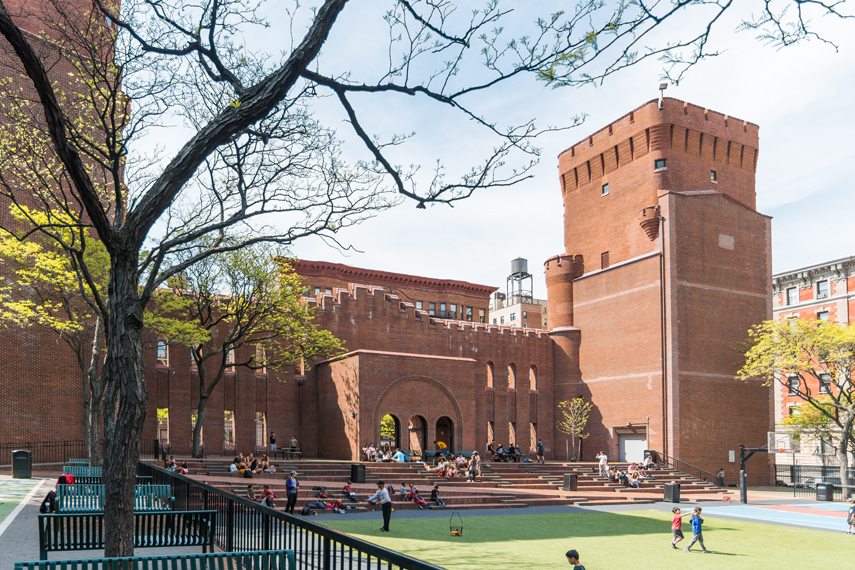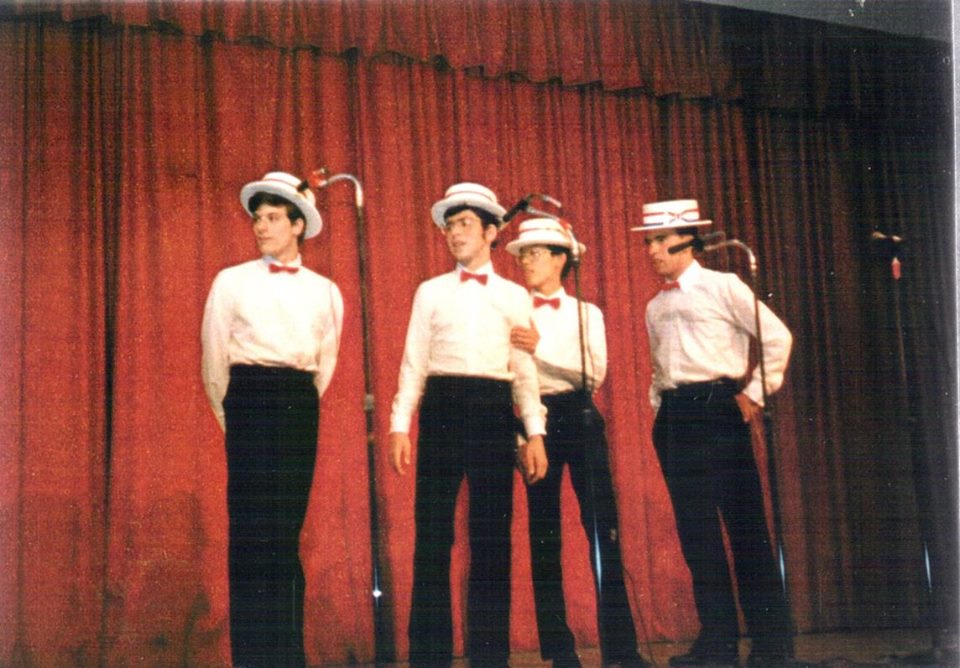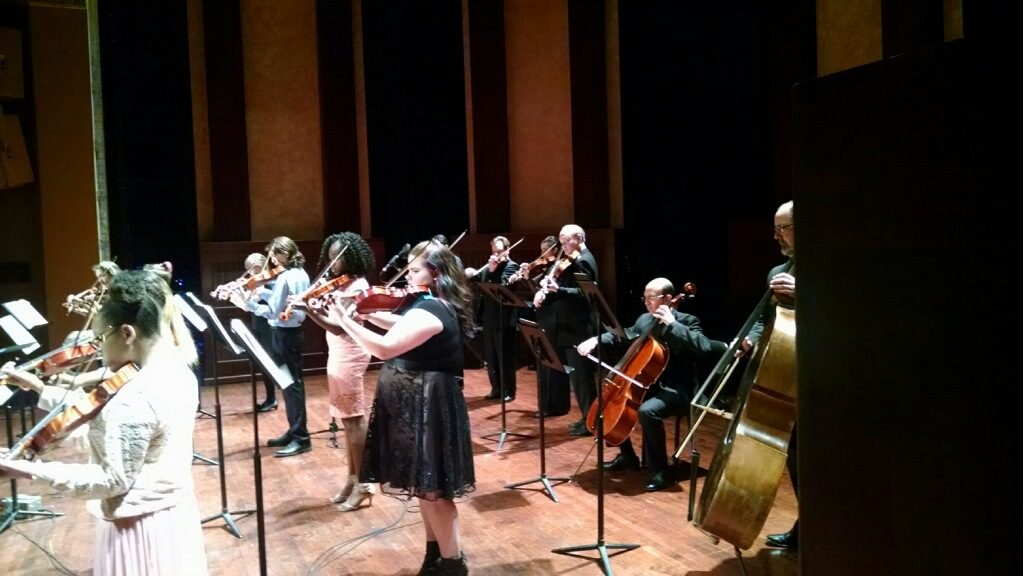Some Nerve
To regular readers of this blog, please bear with me today – things are going to be a little different. There is still a video in which I perform and embarrass myself – however, I’m not playing the cello, and I’ve got some company for a change.

This past weekend, I went back to New York to attend my redacted anniversary high school reunion. I was incredibly fortunate to attend Hunter College High School, a unique place that gave me a great education and many of my closest friends. (Film buffs may recognize the exterior from the movie “The Fisher King.”) Hunter is a public school, but admission is based on a highly competitive exam given citywide. Alums include Elena Kagan, Lin-Manuel Miranda, and Ruby Dee. Our class was drawn from across the five boroughs, from my Upper West Side neighborhood to the far reaches of Riverdale, Jamaica and Bensonhurst. The class also looked like the city we lived in – ethnic and economic diversity was both a given and, more importantly, a strength.
New York is a city of constant change, and Hunter too has changed in the years since we were there – the student body is richer, whiter and less representative of the city as a whole. That’s not a positive, in my opinion – I learned so much from those different from me as we went through school together, and the work many of my classmates are doing shows how important true diversity is.

Meet Fred McIntosh, who came to Hunter from P.S. 244 in Brooklyn – he went on to NYU Law School, and has been working towards getting more students of color ready for the exams necessary for admission to Hunter and the city’s other elite public high schools. On Saturday, Fred mentioned the staggering cost of test preparation tutoring which many wealthy parents now spring for in hopes of landing their child a spot at Hunter. In our day, that tutoring didn’t exist, and if it had, neither he nor I (nor many of our classmates, I suspect) could have afforded it, and we might not have been accepted. You can watch Fred’s inspiring TedX Hunter talk here, and support his efforts to re-level the playing field by contributing to Exam Schools Partnership Initiative.
There are so many others in our class I could talk about – a doctor who visits elderly homebound women; a counselor for academically challenged students at a technical college; a director of programs at the Interfaith Center of New York – the list goes on and on.
I think the “other-directed” work these people do comes in part from what they got at Hunter – being surrounded by so many interesting, different people makes you better able to see the world through someone else’s eyes, and more interested in making things work for them.
I’m proud to be a part of such a great group of people, and I was really excited to see them all. However, I was quite anxious about the reunion, too, because I’d agreed to do something I hadn’t done in a while – sing in public.
One of my closest friends at Hunter was Morris Levy, a man who knows more about the history of American popular music than any six people you could name, and a very gifted singer and arranger. We became good friends in Jazz Chorus, which was my favorite extra-curricular activity at the school, and in our junior year (I think), we formed a barbershop quartet, because, hey, what teenage girl doesn’t like a guy in a weird hat and bow tie?
The group decided to sing again for the reunion, and half a dozen times in the months leading up to it, I thought about backing out. Now, I’m no stranger to making a fool of myself in public (I do it for a living, after all), but this was different – I’d be up there without my cello!
Patty Chang Anker, another great friend from Jazz Chorus who was at the party Saturday, made quite a splash a couple of years back with her book “Some Nerve”, about how she and others overcame fears of experiences ranging from public speaking to wedgies. The book has helped me a lot, and its lessons came in handy on Saturday, that’s for sure. If you’re afraid of anything, pick up a copy!
Luckily there was an open bar, and it was hard to hear. And we even inspired someone to join us – that’s our classmate Rob Otey behind me, playing the role of Yoko Ono. He had some nerve, too!
From last Saturday's reunion – the triumphant return of the Hunter College High School, Class of 1987 barbershop quartet, with special guest Robert C Otey in the role of Yoko Ono.
Posted by Nat Chaitkin on Wednesday, June 7, 2017
Thanks to all my classmates for reminding me how lucky I am to have you as friends and sources of inspiration. And to everyone else, I’ll get back to Bach next week, I promise.
Till next time,
Nat






